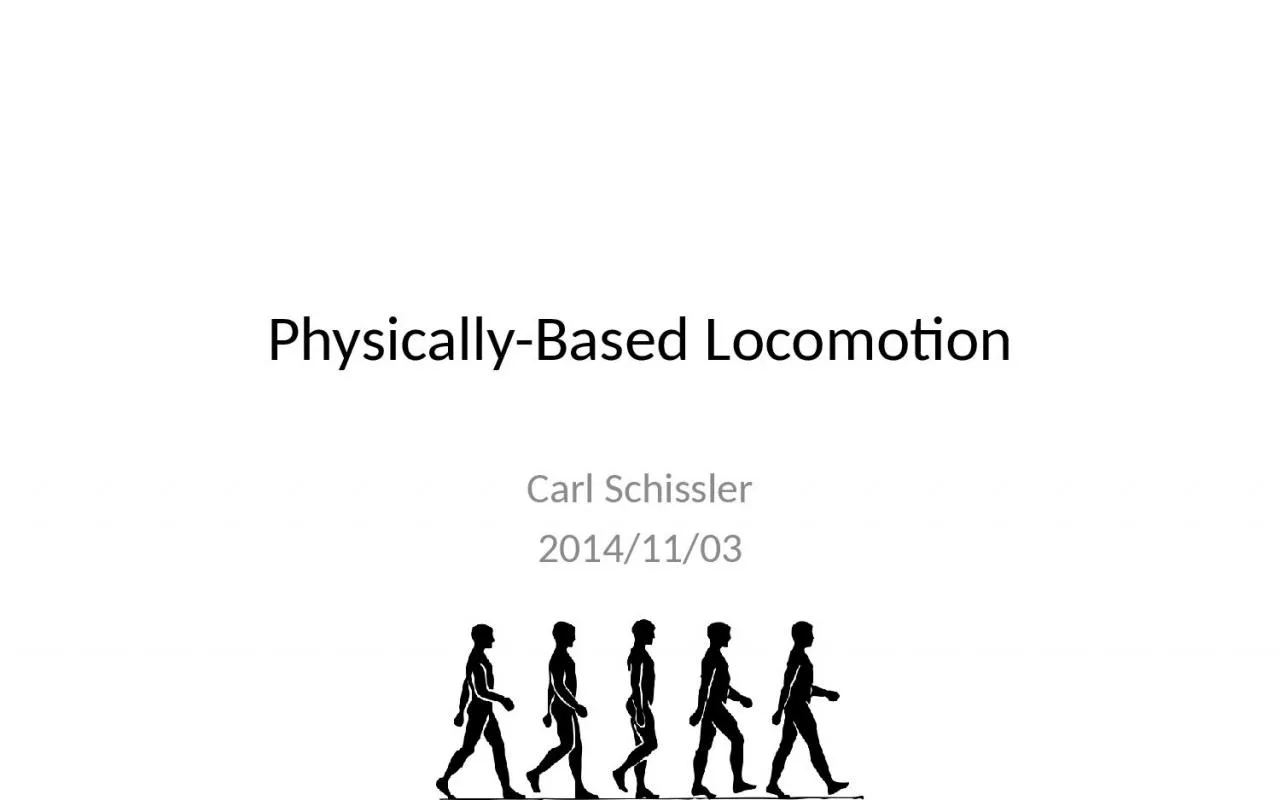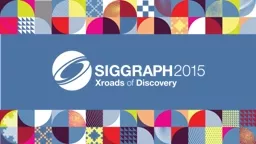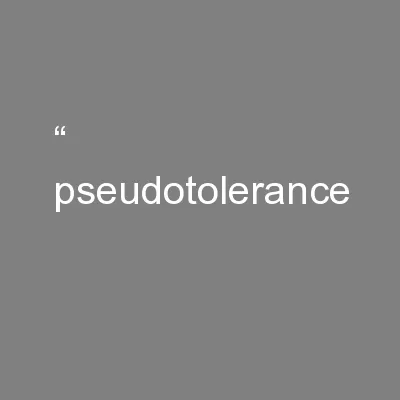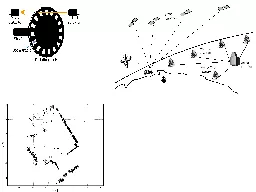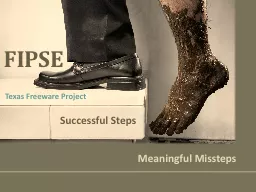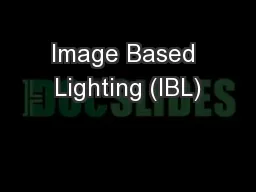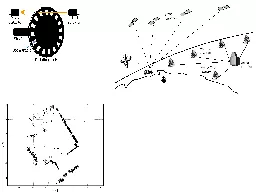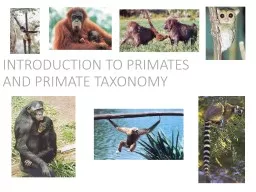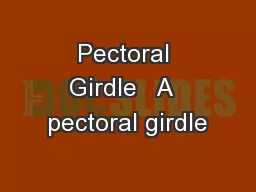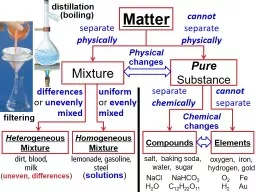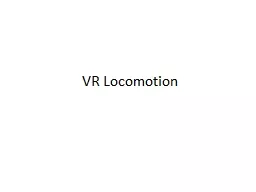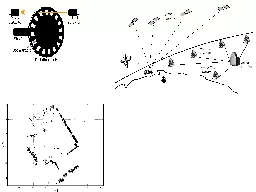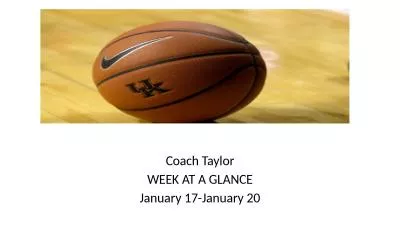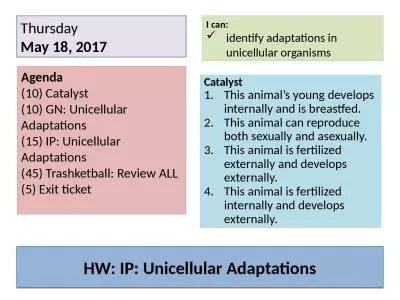PPT-Physically-Based Locomotion
Author : MagicMaker | Published Date : 2022-07-27
Carl Schissler 20141103 Motivation Need for plausible animations in games movies Application Paleontology Dinosaur Locomotion Beyond the Bones Hutchinson amp
Presentation Embed Code
Download Presentation
Download Presentation The PPT/PDF document "Physically-Based Locomotion" is the property of its rightful owner. Permission is granted to download and print the materials on this website for personal, non-commercial use only, and to display it on your personal computer provided you do not modify the materials and that you retain all copyright notices contained in the materials. By downloading content from our website, you accept the terms of this agreement.
Physically-Based Locomotion: Transcript
Download Rules Of Document
"Physically-Based Locomotion"The content belongs to its owner. You may download and print it for personal use, without modification, and keep all copyright notices. By downloading, you agree to these terms.
Related Documents

